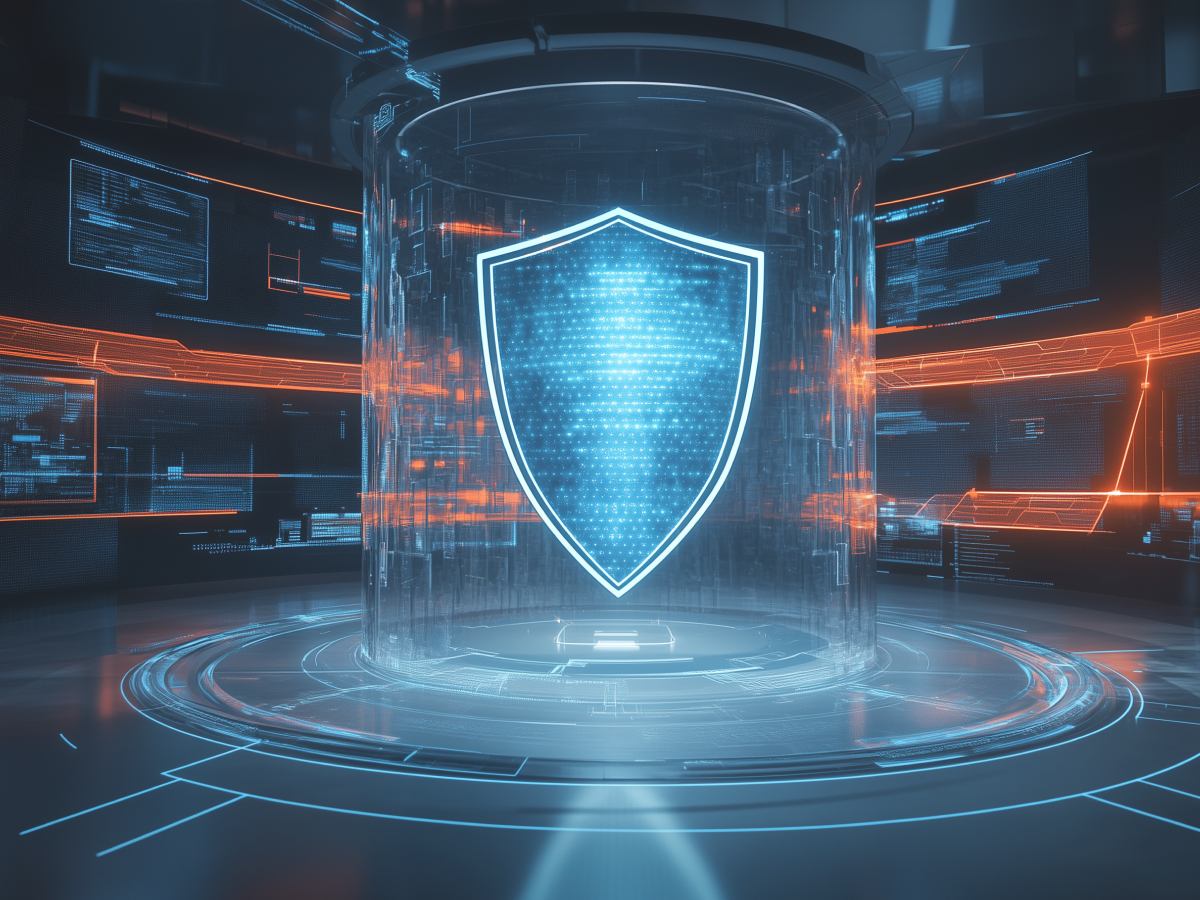Building security programs requires clear strategy and continuous adaptation
If you’re running a company today and not thinking seriously about cybersecurity strategy, you’re already behind. This isn’t about fear-driven decision-making, it’s about being realistic. Threats like ransomware, phishing, and identity-based attacks aren’t just possibilities anymore. They’re frequent and sophisticated, and they target every layer of a business. A solid security program doesn’t come from buying the latest tool or pushing out a quick patch. It’s a long game, and it needs clarity, discipline, and iteration.
Think of your security investment as a strategic asset. Not just an expense. Many organizations fall into the trap of believing that more tech automatically means better protection. That’s not true. What matters is having a blueprint that matches your business goals. This means understanding your risk profile, your critical assets, and the dependencies of your technology stack, then charting a security path that evolves with the threat landscape.
Now, let’s talk realism. You can’t install a security program overnight and expect impact. Most companies need months or even years to build something truly resilient. That means accepting some friction along the way. But friction isn’t bad if you know exactly why it exists and where it leads. A slow and steady approach, if thoughtful, will almost always outperform a rushed one. That’s strategic patience.
For C-suite executives, the takeaway is simple: make security part of the plan, not an afterthought. Train your teams, build in flexibility, and track how your risks change over time. It’s a dynamic process, and leaders who think long-term will set their companies up to move fast without breaking things later.
Treating security programs as products
There’s a mindset shift that needs to happen in most companies. Many still see cybersecurity as a box to check, something required for compliance or regulatory reasons. That narrative doesn’t lead to strong systems. It creates minimum-viable defenses that eventually fail under pressure. Security shouldn’t be treated as background noise. It should be structured and managed intentionally, like a product with customers, feedback loops, versioning, and measurable value.
At the recent RSAC Conference, Mike Benjamin, Cybersecurity CTO at Capital One, made a clear case for this approach. He said that when companies treat their security program as if it were a living product, planned, delivered, and improved over time, their organizations value it more. That makes sense. Products exist to solve problems. They address a need, offer returns, and stand up to scrutiny. When you apply that thinking to security, you end up with systems that are easier to justify, improve, and align with your long-term roadmap.
Leadership needs to recognize that security ROI doesn’t show up as revenue, but it does show up in risk reduction, operational continuity, and trust. When a customer trusts your ability to defend their data, it’s a competitive advantage. And when your teams can operate in a secure environment without constant fire drills, your company runs faster and cleaner. These results happen when security is treated as something of value, not just a cost center.
Security doesn’t have to be reactive or hidden from view. When you treat it with the same process discipline you give your core products, it becomes a core part of the business. That’s when it starts driving value directly. Executives who get this and invest accordingly will be the ones who build companies that last.
Effective security programs require balancing technologies with process
You can have the best security tools in the world, but if they disrupt your operations or don’t align with how your teams actually work, they won’t deliver results. Security isn’t just about technology, it’s about integration. It has to work with your people, your systems, and your timelines. That’s where many programs break down. Leaders often bring in high-end solutions without considering internal workflows or business priorities. The result? Friction, inefficiency, and, paradoxically, more risk.
CISOs and their teams are under pressure to keep up with fast-moving threats while still enabling the business to operate without performance hits. That’s not easy. Especially when you’re trying to secure application environments, where speed and functionality are constantly being pushed forward. Strong programs manage this by embedding security in a way that supports existing development cycles and infrastructure. That kind of alignment takes effort, but it ensures that teams aren’t forced to choose between moving fast and staying secure.
Executives should understand that effective security doesn’t come from technology alone. It comes from designing systems that fit into how the company functions day to day. That means building policies, training, and workflows that reinforce, not block, good security practices. It also means being clear about risk thresholds and making intentional decisions about where trade-offs are acceptable. Without that transparency, security becomes an obstacle instead of an asset.
Security programs that endure are the ones that work seamlessly within the business. Decision-makers who view security as both a technical and operational function will be in a better position to lead companies that scale securely.
Key takeaways for decision-makers
- Prioritize long-term security strategy over quick fixes: Strong security programs are built through deliberate planning, risk alignment, and ongoing adaptation, not rushed rollouts. Leaders should allocate sustained time and resources to match evolving threats with scalable defenses.
- Reframe security as a product: Treating security like a product, with clear value, user alignment, and continuous improvement, helps shift it from a compliance checkbox to a business enabler. Executives should champion this mindset to drive greater organizational buy-in and performance.
- Balance tech solutions with operational integration: Effective security depends on aligning new tools with internal workflows and risk tolerance. Decision-makers must ensure programs support, not hinder, business operations by embedding security into day-to-day practices.





